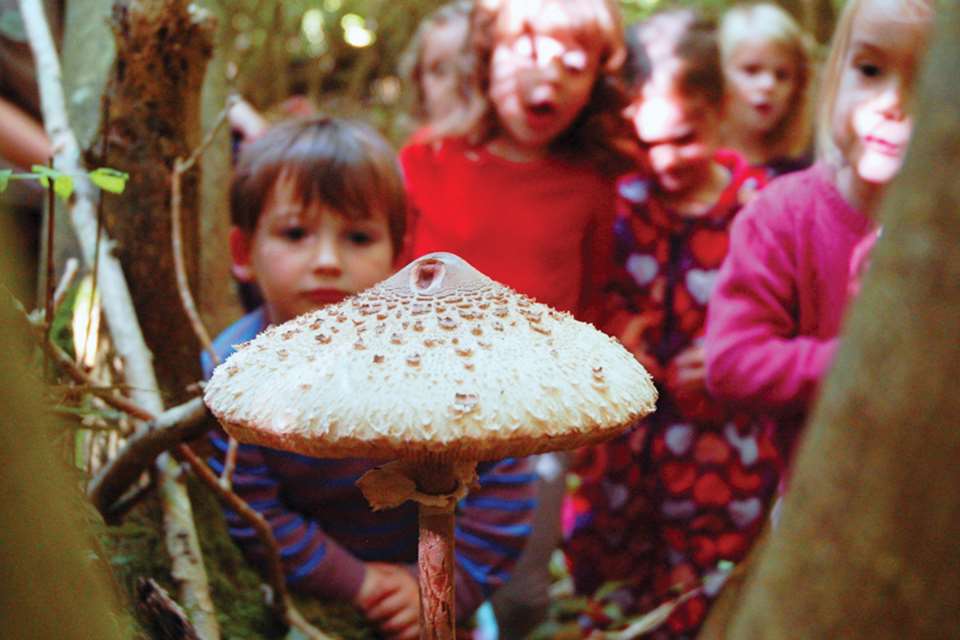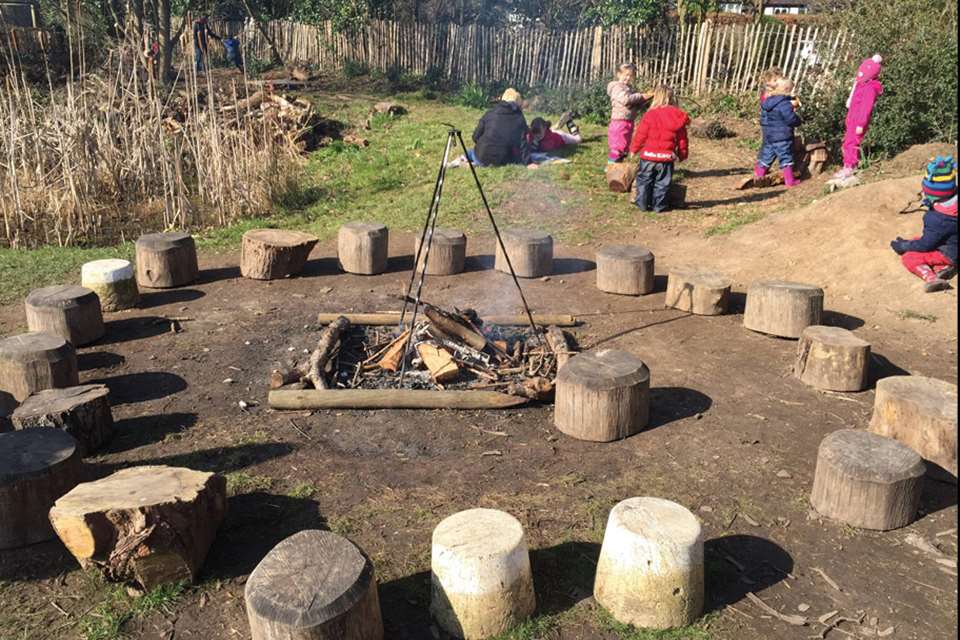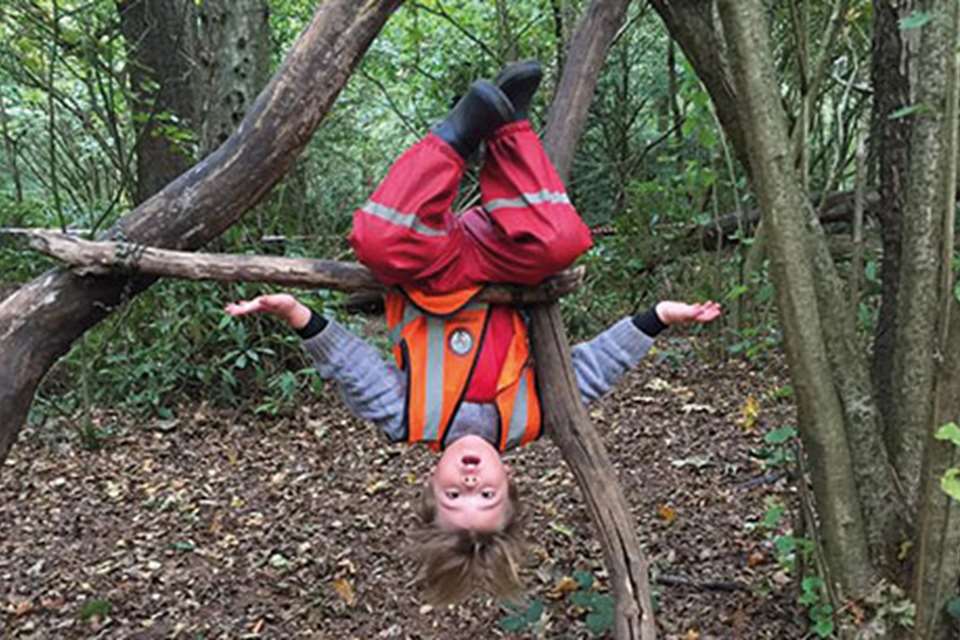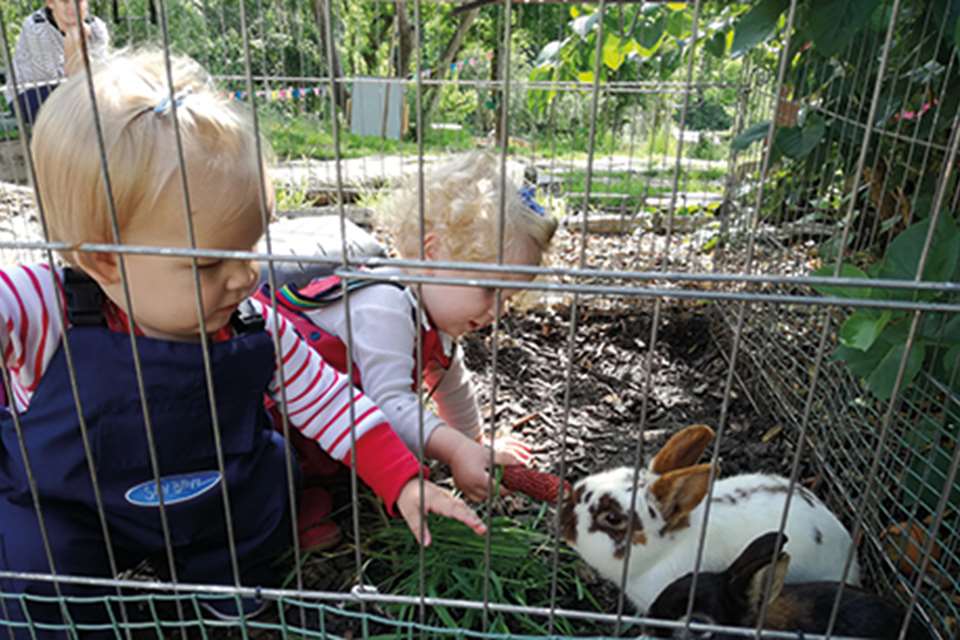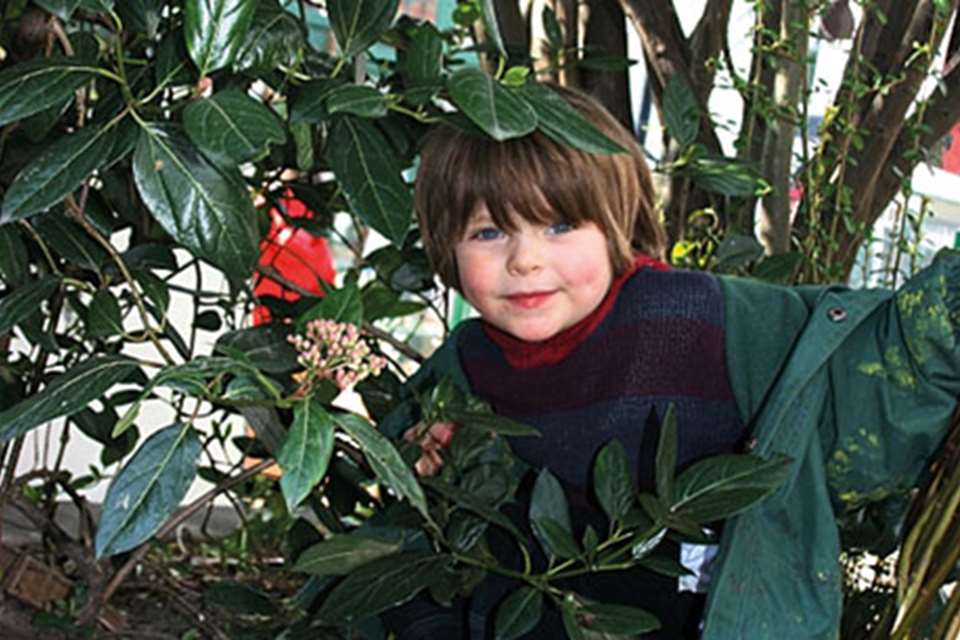Outdoor - Fine days at Little Foxes
Nicole Weinstein
Monday, August 20, 2018
Children’s fine motor skills are developing speedily at Little Foxes Forest School, an outdoor nursery in Bristol, thanks to the range of activities on offer, Nicole Weinstein discovers

Download the PDF of this article
In the ancient woodland of Stoke Park Estate in north Bristol, a group of 34 three- to four-year-olds are putting the finishing touches to a giant fox created out of willow to mark the outdoor pre-school’s first Art Week. Working with resident artist and forest pre-school educator Freya Morgan, the children have helped to weave the structure with orange and white willow sticks, cutting the sticks to size and helping to secure them at the ends.
‘It’s amazing to see how far the children’s fine motor skills have developed since they came to us six months ago when we first opened Little Foxes Forest School,’ remarks teacher and co-founder Lizzie Staite. ‘Many of them were not able to use scissors; they couldn’t hold a pencil and had no pressure behind it; they couldn’t peel a satsuma or turn on the water taps.
‘But within five months they are able to do all these things. They have a lot of pressure on their pencil grip, almost all school-starters can write their name accurately and they are able to cut out shapes with scissors.’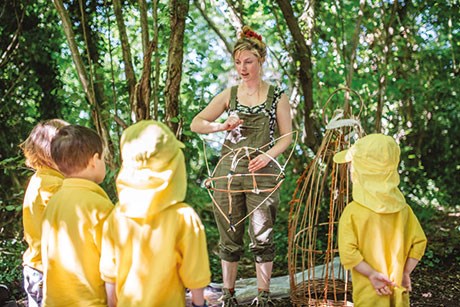
GROSS MOTOR SKILLS
During the recent end-of-term assessments and a conversation with the lead teacher from Bristol County Council, it was remarked upon how the rate at which children’s fine motor control had developed was ‘disproportionate’ to the number of months that they had been at the woodland setting, explains Mrs Staite.
‘We put this down to the phenomenal amount of gross motor activity that they are involved in. They are always climbing trees, negotiating under, over and through different spaces, navigating over undulating ground, jumping into fallen leaves, balancing on logs, walking on ropes suspended in the trees and transporting heavy objects like water and logs.’
Hammers and hand-held drills, which help develop upper arm strength, are part of everyday provision and the children have free access to them throughout the four hours that they spend in the woods.
‘There is no one dedicated member of staff present at the area, although we can always see it,’ says Mrs Staite. ‘But the children are taught to put on the goggles and how to work with the tools safely from the start.’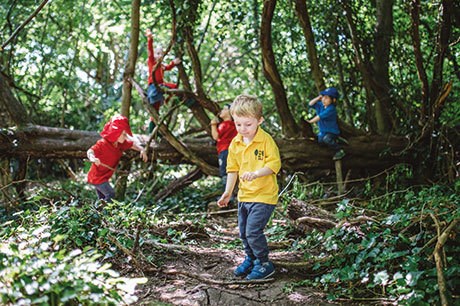
STRUCTURE OF THE DAY
During the first part of the day, children meet with their key workers for small group activities linked to the children’s interests. The next part, leading up to lunch, is free play. One member of staff cooks on the fire and the children are involved in some way with preparing the meal – for example, cooking bread dough on sticks over the fire, making their own veggie parcels or grating cheese or courgettes for the pasta dishes.
At the same time, another adult leads an optional activity that links in with the theme of the week. For example, last week the focus was on feelings and emotions, and the children created their own wooden beads using elder wood and threaded them to create friendship bracelets for each other.
The session ends with children walking to the indoor base at Stoke Park Primary School, where they have two classrooms, toilets and a kitchen area. Outdoors there is a large garden with a forest area, log circle, play area and gardening opportunities.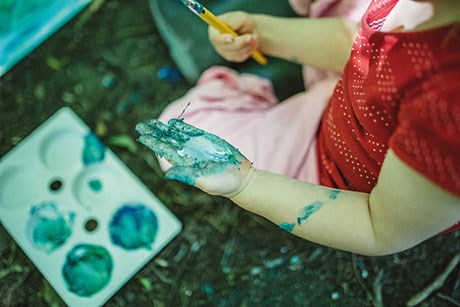
ART WEEK: FOCUS ON FINE MOTOR SKILLS
Focus weeks run throughout the year, where members of staff devise programmes based on their different skillsets. One member of staff runs wildlife education workshops and has been leading orienteering and real photography courses for the children. Freya, who studied at St Martin’s College of Fine Art and devised arts week, says, ‘Children really developed their fine motor skills when weaving the willow structure. They also learnt about prepositions over, under and through.’
Janie Ankers, teacher and co-founder, adds, ‘On top of the daily activities like hammering, woodwork, making wooden beads, threading, mud-painting and even self-care activities like changing out of their outdoor shoes and clothes and scraping their bowls after eating, children are constantly refining their motor skills and it was evident to see these skills in action during art week.’
The following activities were on offer during art week:
Hapa zome
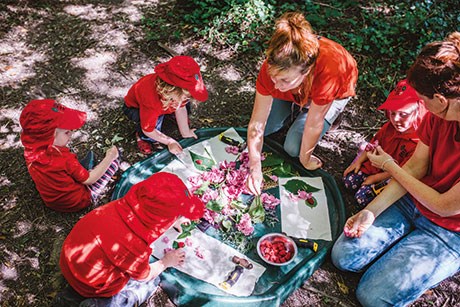
In this activity, the children hunt for flowers and fallen leaves in the meadows. They press the flowers inside a square of calico fabric, fold it over and bash it with a hammer or mallet. This makes a beautiful print on the fabric. The children then make a frame, with sticks, on which to mount the fabric.
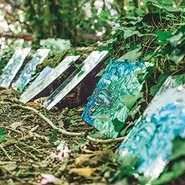 Painting on mirrors
Painting on mirrors
Mirrors are placed on the ground beneath the trees so that children can see beautiful scenes of blue sky, white clouds and green leaves. Children paint what they see onto the mirrors.
Bubble painting
In this activity, practitioners cut the bottoms off plastic bottles and attach part of a pair of tights with a rubber band. The children then dip the ‘netted’ end of the bottle into soapy mixtures and blow to create fantastic bubble pictures. The children love exploring what happens to the various colours as they blow bubble concoctions of different colours on top of one another.
Charcoal drawing
Here the children use charcoal from the embers left over from the fire to make drawings.
Mud painting
This activity involves wrapping some old rolls of wallpaper around a tree and using watercolours – or making a pot of mud – for children to practise mark-making and drawing with.
With watercolours, the children can do mud-painting and mark-making in the ground too.
CASE STUDY: CASPER
Casper, a summerborn child, started at Little Foxes Forest School in January 2018 at the age of four. His parents delayed his school start date because they felt he was not ready for school. He was quiet and insular, he had a stammer, he didn’t interact with other children and he had limited fine motor skills, as seen in his whole-hand pencil grip.
Co-founder Janie Ankers says, ‘When he arrived from his pre-school, his parents said that he was operating at the level of a three-year-old and they had even made preparations to home-school him. However, the transformation within six months has been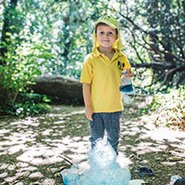 remarkable.
remarkable.
‘He’s always loved the outdoors, so our setting was an obvious choice for them. He has come out of his shell. He loves to climb and explore, he’s formed strong friendships and his stammer is non-existent in the forest. He loves imaginative role-play and one of his favourite things to do is to sit on the tree trunk and be the train driver. Also, he’s often the site foreman with a team of builders around him pretending to build a house. He mixes the concrete (mud) and writes his plans down on his clipboard while instructing others what to do.’
She adds, ‘He can hold his pencil correctly; he’s had plenty of experience using the scissors to cut leaves and he is social and confident. His parents are delighted that he will be ready for school this September.’
BOOK CORNER
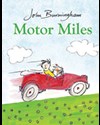 Why Motor Skills Matter: Improve Your Child’s Physical Development to Enhance Learning and Self-Esteem
Why Motor Skills Matter: Improve Your Child’s Physical Development to Enhance Learning and Self-Esteem
by Tara Losquadro Liddle
This new edition of Why Motor Skills Matter explains how children use their senses and bodies to explore their environments and provides practical, age-appropriate activities for children from birth to age five that will help strengthen this critical aspect of development.
Understanding Physical Development in the Early Years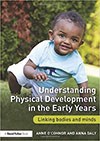
by Anne O’Connor and Anna Daly
An essential introduction to research and thinking on the role of physical development in a young child’s learning, behaviour and emotional health and the implications for early years practice.
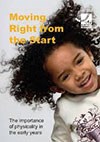 Moving Right from the Start
Moving Right from the Start
by Pre-school Learning Alliance
Essential information and playful, practical ideas, indoors and out, to support physical development.
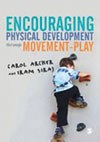 Encouraging Physical Development Through Movement-Play
Encouraging Physical Development Through Movement-Play
by Carol Archer and Iram Siraj
The theory behind the importance of movement and how to promote physical activity in a child-led manner for the benefit of children’s health, learning and well-being.


